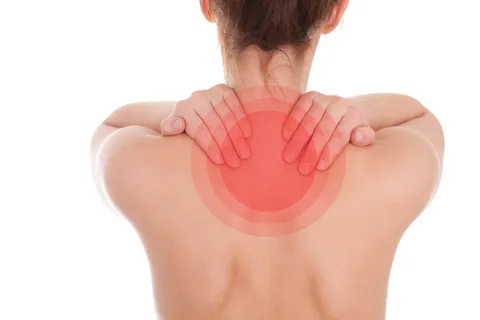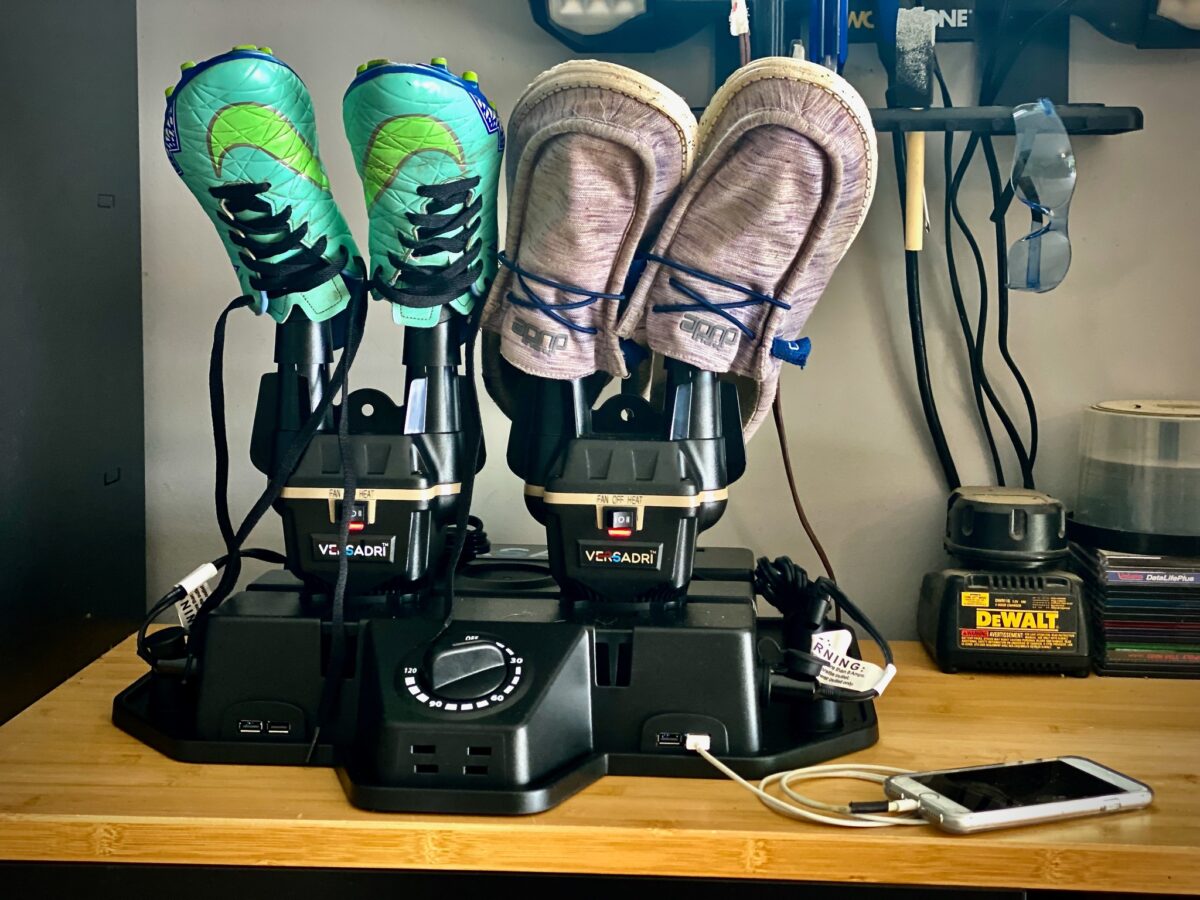Pain Relief Through Physical Therapy: A Comprehensive Guide

In the realm of managing pain, physical therapy emerges as a pivotal non-pharmacological approach that offers relief and promotes healing without the dependency concerns often associated with pain relief medication. This article delves into the principles, benefits, and effectiveness of physical therapy in alleviating pain across various conditions and injuries.
Understanding physical therapy
Physical therapy is a specialized branch of healthcare that focuses on improving mobility, function, and quality of life through therapeutic exercises and modalities. Unlike pain relief medication, which addresses symptoms through pharmaceutical intervention, physical therapy targets the root causes of pain, aiming for long-term relief and improved physical function.
How does physical therapy provide pain relief?
Physical therapists utilize a variety of techniques tailored to individual needs and conditions to reduce pain and enhance healing. These techniques include:
- Manual Therapy: Hands-on techniques such as joint mobilization and manipulation help restore mobility and reduce pain in muscles and joints.
- Therapeutic Exercises: Specific exercises designed to strengthen muscles, improve flexibility, and correct posture can alleviate pain by reducing strain on affected areas.
- Modalities: We use technologies like ultrasound, electrical stimulation, and heat/cold therapy to reduce pain, inflammation, and promote tissue healing.
- Education and Awareness: Physical therapists educate patients about proper body mechanics, ergonomics, and lifestyle modifications to prevent pain recurrence.
The advantages of physical therapy over pain relief medications are significant.
While pain relief medication may offer immediate relief, it often comes with side effects and risks, especially with prolonged use. Physical therapy, on the other hand, offers several advantages:
- Targeted Treatment: Physical therapy addresses the underlying causes of pain, aiming for long-term relief rather than masking symptoms temporarily.
- Reduced Dependency: Unlike pain relief medication, which can lead to dependency and tolerance, physical therapy empowers patients with techniques to manage and reduce pain naturally.
- Holistic Approach: Physical therapy promotes overall health and wellness by improving strength, flexibility, and mobility, thereby enhancing quality of life.
Conditions treated with physical therapy
Physical therapy is beneficial for a wide range of conditions that cause acute or chronic pain. These include:
- Musculoskeletal injuries include sprains, strains, tendonitis, and fractures.
- Back and Neck Pain: Including herniated discs, sciatica, and degenerative disc disease.
- Arthritis: Osteoarthritis and rheumatoid arthritis benefit from exercises that improve joint mobility and reduce pain.
- Post-Surgery Rehabilitation: Physical therapy helps regain strength and function after orthopedic surgeries like joint replacements.
The effectiveness of physical therapy in pain management is well-established.
Numerous studies and clinical trials have demonstrated the effectiveness of physical therapy in managing pain. For instance, research has shown that physical therapy interventions can significantly reduce pain levels and improve function in patients with chronic low back pain and osteoarthritis.
We are integrating physical therapy with pain relief medication.
In some cases, physical therapy may complement the use of pain relief medication, especially in acute pain management or severe conditions where a multifaceted approach is necessary. However, the goal is often to minimize the use of medication through effective physical therapy interventions.
Case Studies and Patient Testimonials
Real-life examples illustrate the transformative impact of physical therapy on pain relief and recovery. Patients who have undergone physical therapy often report reduced pain intensity, improved mobility, and a decreased need for pain relief medication.
The Role of the Physical Therapist
The physical therapist’s expertise is critical to the success of physical therapy in pain management. These healthcare professionals assess each patient’s condition, develop personalized treatment plans, and monitor progress to optimize outcomes.
Conclusion
In conclusion, physical therapy stands as a cornerstone in pain management, offering a holistic and effective alternative to pain relief medication. By addressing the root causes of pain and promoting healing through tailored exercises and therapies, physical therapists empower patients to achieve lasting pain relief and an improved quality of life. Whether recovering from an injury, managing chronic pain, or rehabilitating after surgery, physical therapy provides personalized care that enhances physical function and reduces reliance on medication for pain relief.
In the evolving landscape of healthcare, the integration of physical therapy not only mitigates pain but also fosters overall well-being, making it a preferred choice for those seeking sustainable pain management solutions. Embracing the principles of physical therapy ensures not just immediate relief but a path towards long-term recovery and optimal health.










